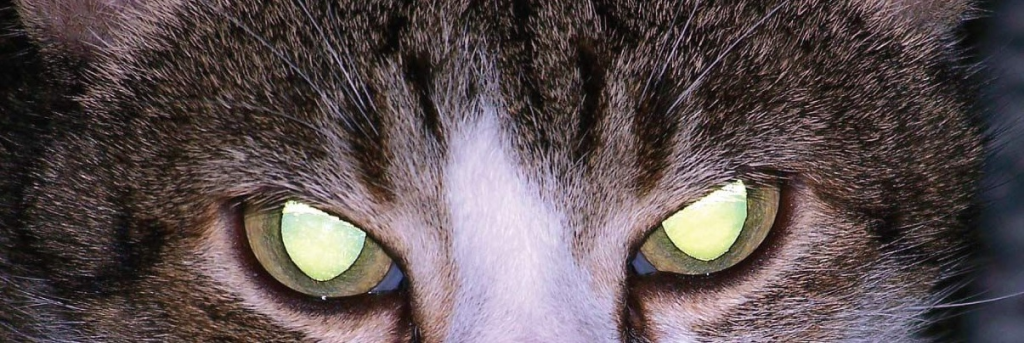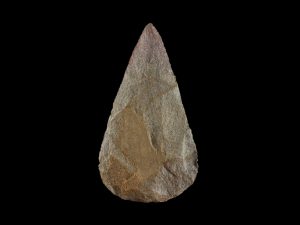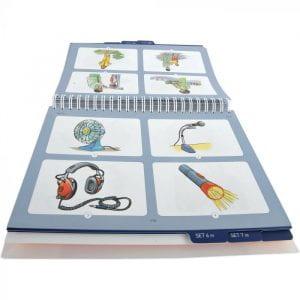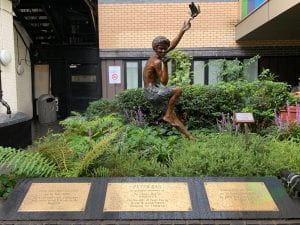
This week I gave a talk to staff at the Cats Protection League as part of National Learning At Work Week entitled “The eye and the brain: Can you believe what you see?”.
They contacted me as they wanted to hear more about the role of the brain in vision (see you my tube video for a bite size version). They really did insist that they didn’t want me to talk about cats, which was a relief as cats are not a subject in which I am an expert! Nevertheless, I couldn’t help doing a bit of research in advance and here are few things I found out about cats and vision:
- Colour vision in cats isn’t very well understood. It seems they have far fewer colour sensitive cone cells in their retina than us, suggesting they perceive colours far less intensely than we do.
- The spooky shine in cat’s eyes at night is due to a layer behind the retina called the tapetum lucidum. It reflects light back onto the light sensitive rods and cone cells and forms part of the choroid layer of the retina (we have a choroid layer but apparently not a tapetum lucidum).
- One of the founding influences on the cat welfare movement in the early 20thC was the artist Louis Wain (subject of the recent film the Electrical Life of Louis Wain). Whilst preparing the talk I kept thinking about the amazingly intricate and bizarrely colourful pictures of cats he produced later in life (see below). It made me wonder whether he experienced hallucinatory phenomena similar to those found in Charles Bonnet syndrome. His pictures certainly suggest his brain perceived the world very differently to most other people.
I included plenty of visual illusions and audience participation bits in my talk, so I hope everyone at CPL enjoyed it. I hope I might have at least made you think more about the role that the human (and cat) brain plays in conjuring up our perceptions!










